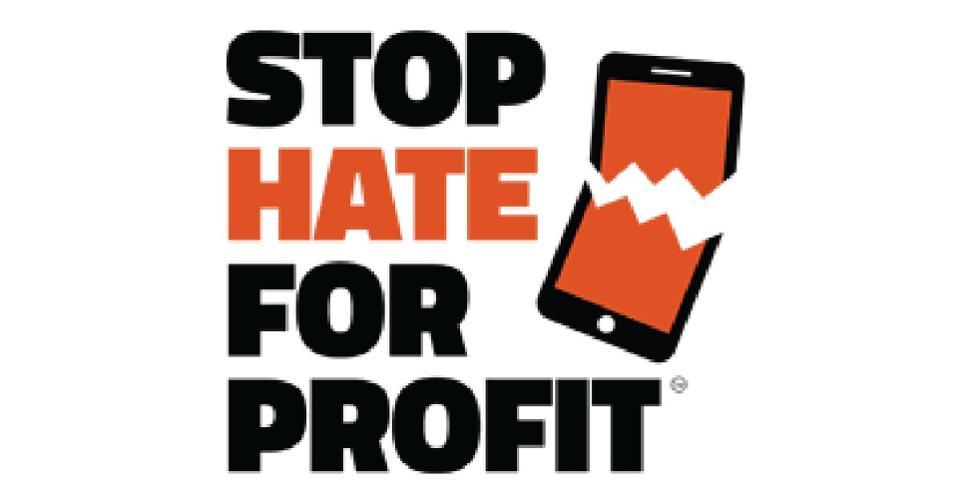By ALAN WOLK
Source: tvrev.com, June 2020
Television has become much more targetable while remaining as brand safe and engaging as ever.
The Facebook boycott proposed by the NAACP and the Anti-Defamation League seems to be gathering steam.
Today, Unilever became the biggest advertiser thus far to pull out, announcing they would stop advertising on Facebook and Twitter until 2020, telling the Wall Street Journal that “based on the current polarization and the election that we are having in the U.S., there needs to be much more enforcement in the area of hate speech.”
They thus join Verizon, Patagonia, VF, North Face, Eddie Bauer and REI in a sure-to-be growing list of major advertisers pulling out. ETA: Coca-Cola, Hershey’s, and Levi Strauss have joined the list since I wrote this and that came after Zuck made another halfhearted attempt to mollify his critics. But as MSNBC’s Joe Scarborough noted “This is a weak move by a man who made $85 billion profiting off of hate, conspiracy theories, and anti-democratic posts…”
At issue, is not just Facebook’s refusal to call out false and misleading posts from President Trump of the sort that would get other users banned from the platform, but their seeming inability to identify and close down private Groups that allow members of hate groups to organize and then spread their venom both on and of the platform.
Facebook has been drawing more ire than Twitter due to the seemingly chummy relationship between CEO Mark Zuckerberg and Trump, the relative size of Facebook compared to Twitter, the fact that most Facebook posts are private, which makes it hard to know exactly who is spreading the hate, and (mostly) Zuckerberg‘s mealymouthed excuses for why they keep allowing all this to occur.
Thus the brand boycott, which leaves advertisers, who traditionally spend large sums of money on Facebook advertising, with the quandary of where to shift all that ad budget.
Time To Revisit TV
Allow us to suggest that they shift those dollars to television, a medium whose very public nature ensures that it will not become a haven for hate groups..
TV is the ultimate brand safe medium, and while certain prime time news shows on certain networks are arguably home to fake news and controversial-if-not-offensive opinions, advertisers can easily avoid those programs and thus not support the networks that air them.
Something that is definitely not an option on Facebook..
The FCC Monitors Television, Not Facebook
While Facebook relies on a series of algorithms and underpaid hall monitors to oversee their content and prevent misleading ads, TV networks have teams of lawyers overseeing their ads to make sure that what’s on TV is truthful and that their content, both programming and advertising, does not run afoul of the FCC.
Because if it isn’t, they, unlike Facebook, can be fined and sued.
While this was originally done to prevent Coke from running ads that said Pepsi makes your teeth fall out, the net result is still that ads on TV have to meet a much higher standard than Facebook ads, which pretty much just need to have the graphic components in order.
Targeting Consumers
One reason brands like advertising on Facebook is that consumers have willingly given the platform a world of personal data that allows for very effective targeting. While television can’t offer that level of targeting, it can offer far more targeting than ever before, particularly on OTT where household-level viewership can be combined with subscriber data and IP addresses in a privacy-compliant manner that allows advertisers to reach specific audiences.
The business outcomes of those ads can then be measured too by companies like iSpot and LiveRamp, which use sophisticated algorithms to track viewers’ journeys through the sales funnel, a far more effective method than the last click attribution common in digital.
And while targeted advertising on OTT is the norm, linear is fast catching up thanks to efforts from the MVPDs and from Project OAR and Nielsen, both of whom are working to create standards for linear addressable.
While targeting on TV is nowhere near as precise (or as creepy) as Facebook, brands will find that they can use their existing first party data to create audience segments and then find the shows those segments watch, reaching viewers on a medium that’s all about entertainment and engagement.
Sight and Sound
While a Facebook or Instagram post can provide a goodly amount of information, it can’t provide the emotional connection of a TV spot.
As in, people remember TV commercials they saw twenty years ago, but are hard-pressed to remember a banner ad (or Facebook post) they saw twenty minutes ago.
Sight and sound and motion create quite a lasting impression.
TV Is Not As Expensive As You Think It Is
Running ads on national prime time is expensive. But television offers many opportunities to run ads that won’t break an advertiser’s budget. OTT ads, on smaller platforms, running against targeted audiences, are very affordable and can be bought programmatically. Which is why a recent study from iSpot found that there were over 1200 more brands advertising on TV in March/April 2020 versus the same period in 2019, a boom that can’t be solely attributed to the pandemic.
Other Options
While TV is definitely a great replacement for Facebook, brands that want to make use of popular influencers can work with platforms like CreatorIQ to ensure that they are not up against divisive content. Influencer marketing in general is a good supplement to TV and allows brands to reach consumers on digital platforms without worrying about brand safety and/or ethical issues.
Facebook may well find its footing this year and clamp down on false and inflammatory posts and private Groups dedicated to hate. Until that happens however, we suspect that many of the advertisers who join in the boycott will discover that the current and much-changed television landscape provides a better and more engaging alternative than Facebook, and will continue to shift their budgets to TV.

